#C.R. Critter Community post
Explore tagged Tumblr posts
Text

You're welcome to celebrate the Northern Hemisphere's Summer Solstice with us at the Curated Reserve! This is the earliest the Solstice has occurred in 228 years, which is great because it overlaps with the end of the double emergence of the periodical cicada broods XIII and XIX. We have a lot to celebrate this year!
On Summer's Eve, it's tradition to fill your entire den with light. On Solstice Day, we keep our homes dark and try to be outside as much as possible to enjoy the summer heat. with noisemakers, horns, and seasonal treats. For some creatures, the treats were the cicadas! Residents who missed out on the insect feast will just have to wait until the annual cicadas emerge in July and August, though some say the unique red eyes and legs make the periodical cicadas taste more special.
It's also tradition to greet the summer wind by playing made-up games with it using flowy cloth, windchimes, and kites. It's just one of the wonderful ways to keep cool with loved ones this time of year.
Happy Summer Solstice!☀️
5 notes
·
View notes
Text

Greetings, world! Fellowh here from the Curated Reserve.
After many weeks of negotiation, Scientist Simulacrumb has agreed to let us resident folk have access to their social media! They said that, as long as we are careful not to reveal private information, we can post anything about our lives here at the reserve. According to Scientist, framing it as "free advertising" is what won the higher-ups' approval.
Scientist also said that not too many of us can be on camera at the same time for safety reasons, so for now, here are a few pictures of my terrapinskin friend Chelys and I at one of the reserve's many reservoirs.
Expect to see a variety of posts from all kinds of residents! This is going to be great!
#Reserve Update#C.R. Critter Community post#Reserve post#Curated Reserve puppets#creatures#Fellowh 'fabulates
2 notes
·
View notes
Text
Happy Winter Solstice!🌒

This is Fellowh, and, wow, what a year! We’ve seen so many cool things and been to so many cool places, and...
I’m not ready for it to end. None of us C.R.itters are. The future can be scary. I’m angry that we have to be scared.
Elder Dylomor says it’s okay to be scared. It’s better to feel those emotions than to stuff them down until they explode out of you. Sometimes, the best you can do for yourself is to cry and rant, hopefully with people who you love and love you back. Kinda like what we do during communal den gatherings.
Scientist said that, despite the uncertainties of the future, we’ll still have the small joys of the day-to-day. We can’t give up on the now we get with each other every sunrise. The best ways to combat fear and selfish ruthlessness are to work with everyone.
Keep learning, keep sharing in your communities, keep your hand (or claw, or fin) in mine. The ways we can help one another haven’t disappeared.
Let’s never stop bringing goodness with us into the future. We--the planet, the plants, the creatures, the people--are all connected, so let’s thrive like it.
Happy Holidays from the entire Curated Reserve!
1 note
·
View note
Text
Hey, visitors! Scientist let us film our first advertisement for the Reserve. Check it out:
||Credits to: "Where Is Meteor" song from "The Backyardigans", Season 4 Episode 13 "The Flipper"||
Heads up! The Perseid meteor shower is about to reach its peak. If you're in the Northern Hemisphere between mid-July and late August, this annual shooting star showcase is right for you.
The Perseids get their name from the Perseus constellation, but that's not where they come from. They're actually remnants of comet 109P/Swift-Tuttle.
Comets are icy space rocks. When they fly through our solar system, the heat from rapidly approaching the sun forms the comets' tails. They often leave behind icy debris while orbiting the sun, and that's what ends up burning in the Earth's atmosphere during certain times of our planet's travels.
Pieces of comets and meteoroids become meteors when they zip through the Earth's atmosphere. Meteorites are any of those bits that survive the intense heat of their flight to the Earth's surface.
You can watch this meteor shower anywhere, so even if you don't visit the reserve, here are some tips:
* Choose a location with as little artificial light or tall obstructions as possible
* Lay back so you don't hurt your neck by looking up for long periods of time
* Give your eyes 15-30 minutes to adjust to the darkness
* Dress warm to be comfortable in the night air
#Curated Reserve Post#C.R. Critter Community post#Curated Reserve puppets#Creatures#Meteors#Astronomy#Nature
1 note
·
View note
Text


Hello!
Today marks one year of us learning and sharing with people outside of the Curated Reserve. All of us--from Scientist down to the smallest resident--appreciate your attention and engagement with us over these past 12 months. Thank you so much!
We hope you out there will continue to share knowledge and love for the natural world with us as we will with you.
HAPPY 1ST ANNIVERSARY!
#C.R. Critter Community post#Curated Reserve puppets#Creatures#Curated Reserve Post#Curated Reserve Update
0 notes
Text

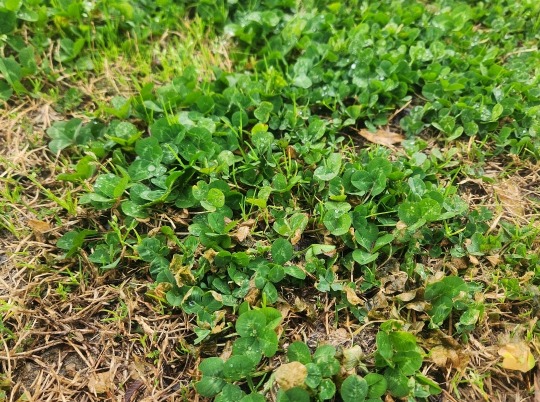
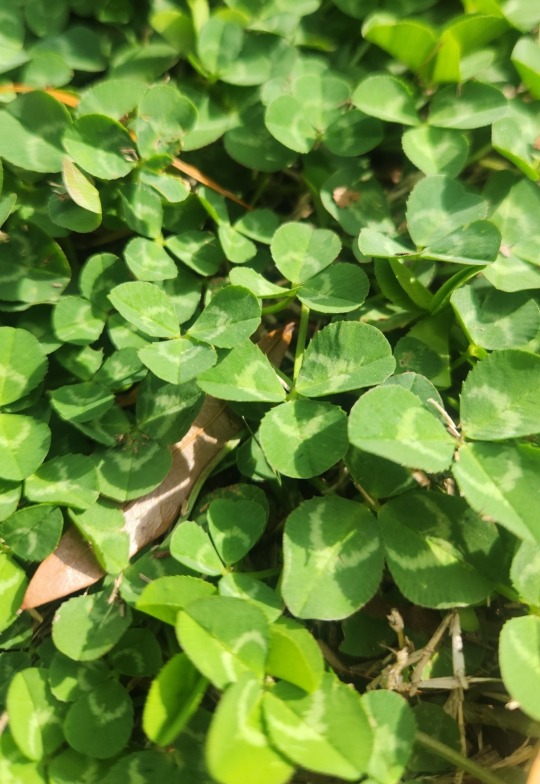
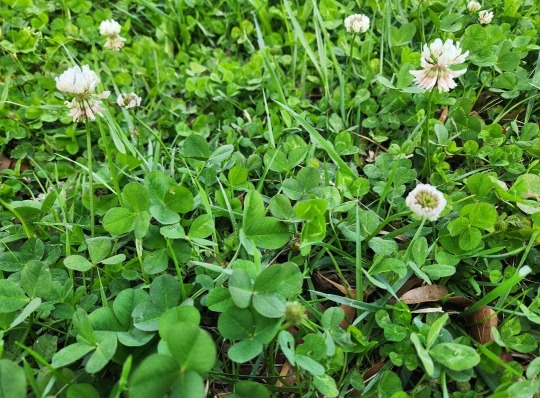
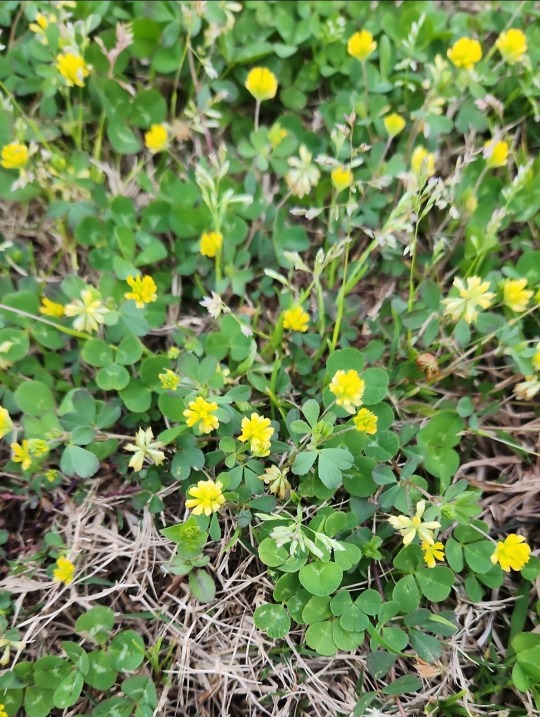
I've been feeling so much better lately that Scientist let me go back to my den. Tall patches of clover have started growing everywhere, so I went on a trek to find any ones that have four leaves. While I haven't found any yet, here's what I did find out!
In the fields closest to my pond, there are two main species that I could see: white clover, with the tall white flowers; and the Lesser Hop Trefoil, with the small yellow flowers.
White clover, or Trifolium repens, is native to Europe and central Asia but not to the Americas. It is able to spread so far and quickly wherever it's planted due to its vast underground system of creeping stems called "stolons". The rooting ability of the stolons helps white clover come back every spring even when the main seeding part of the plant. White clover is also frequently used for anything from hay for livestock to erosion control in certain parts of North America.
Lesser Hop Trefoil, or Trifolium dubium, has a similar range to white clover. Its leaves are small and arranged three to stem, thus the specific name "trefoil". It can grow in dry and hot areas, and many insect pollinators and herbivores like it when fields have a variety of clover. Several small birds, mammals, and reptiles use it for cover and nesting.
In fact, many animals use both kinds of clover as a source of food. Even humans can eat its flowers, stems, and leaves as long as they're boiled for maximum digestibility. Some human cultures have medical uses for these kinds of clover.
I'm glad to be back outside! Chelys, out!
#Reserve Post#C.R. Critter Community post#Chelys chatter#Curated Reserve puppets#Nature#Creatures#Plants
0 notes
Text
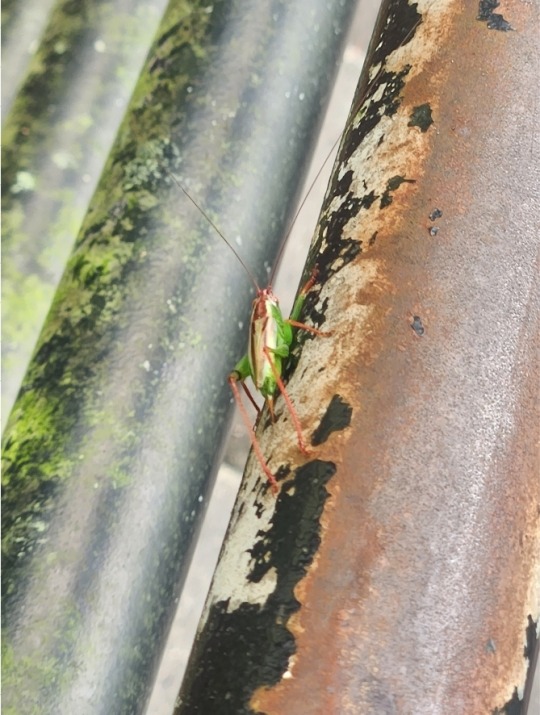
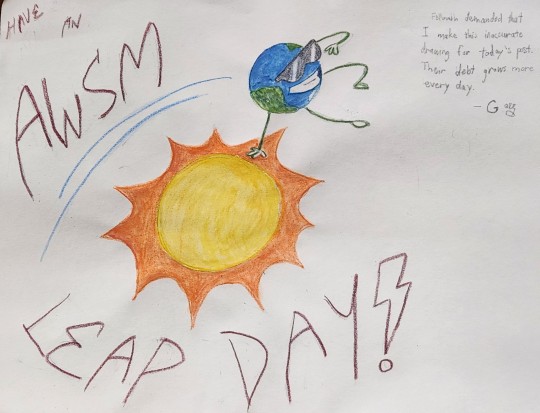
Salutations! Galen, here.
Since today's the day that makes leap years special, I thought I'd share some quick facts about an animal that leaps.
This is a picture of a kind of Meadow Katydid I found late last summer. These members of the Tettigoniidae family get their colloquial name from the sound they make: "Kay-tee-did(-did)", which can reach up to 20 KHz in volume. They are nocturnal, so their daytime roosting pose tricks predators into thinking they're leaves or dead, which explains how I found this one.
Like their Orthoptera Order relative the grasshopper, they have ears on their legs and can jump distances up to 20 times their body length.
Enjoy this extra day of the year.
1 note
·
View note
Text
Feel free to celebrate the Northern Hemisphere's Winter Solstice with us at the Curated Reserve!

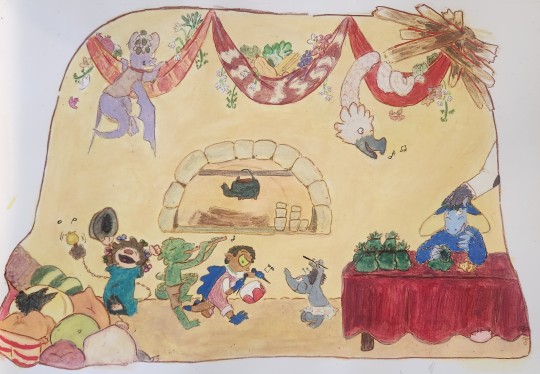
It's tradition to not use any lights all day and into the evening. We even walk to the Reserve Community Den in total darkness, which helps us see this year's special sight of Jupiter next to the moon.
Once we're inside, we spend the longest night of the year with lots of lights, stories, treats, and gifts! There's even a game to see who can stay awake all night to make it to the dawn. It's just one of the wonderful ways to keep warm with loved ones this time of year.
Happy Winter Solstice!
0 notes
Text

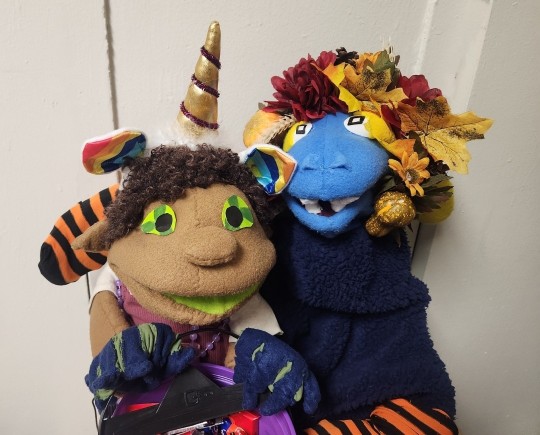

Since they're monsters year-round, some of the residents asked me to make their costumes for tonight. They plan to have a lot of fun, and we hope you do, too.
We at the Curated Reserve wish merriment for everyone who celebrates this night of the thinned veil between realms!
P.S. Galen went a little loopy from their sugar rush and forgot to paint their tusks in their costume self-portrait.
#👏🎹🎷Show us how to make a monster dance party!👏🎷🎷#scimulacrumbles#C.R. Critter Community post#Curated Reserve puppets#Creatures#Reserve Post#Halloween
1 note
·
View note
Text

May you be merry and balanced this Autumnal Equinox!
#🎺🎷Do you remember🎺the 23rd night of September?🎷🎺#Love was changing the minds of pretenders🎺While chasing the clouds awaaayy🎷#Hey#Autumn🎺say do you remember🎺Au-tumn#dancing in September🎺Au-tumn#never was a cloudy daaaay!!🎷🎷🎷#Curated Reserve post#C.R. Critter Community post#nature
0 notes
Text


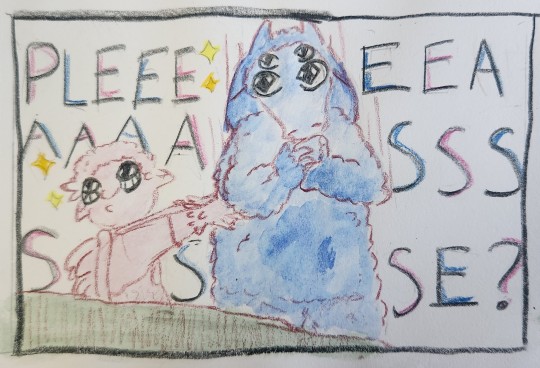

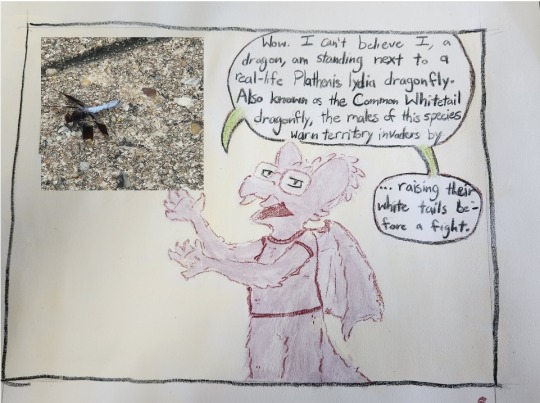
Salutations, all. I am Galen. Fellowh and Chelys really wanted me to participate in these posts. Both of them thought it would be funny if a dragon talked about a dragonfly. I do not want to show my face just yet, so I offer my doodles to accompany this picture of Common Whitetail dragonfly.
Those two owe me so many buddy trips to the library for this.
1 note
·
View note
Text

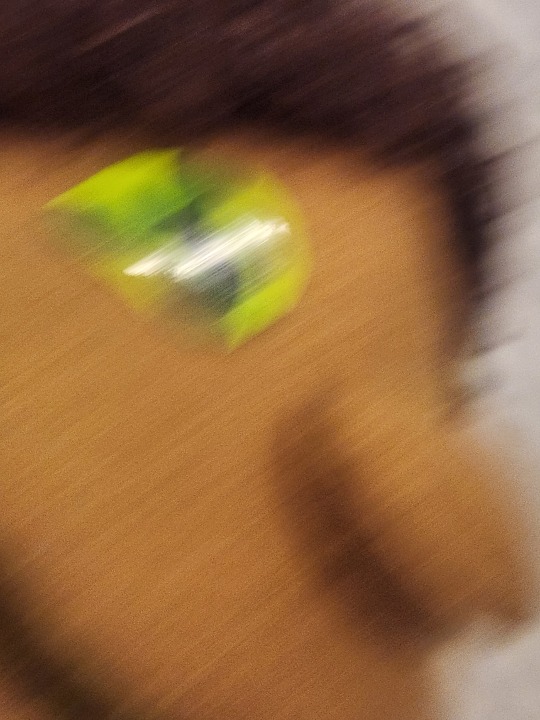

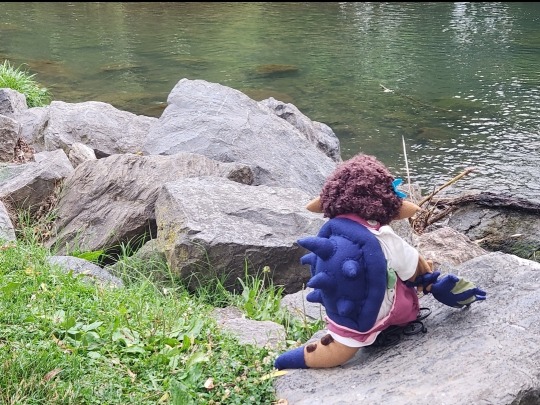
Hi! Dropped Scientist's phone before I could figure out the camera app. My poses were fabulous, though, so it all balanced out. Chelys out!
0 notes